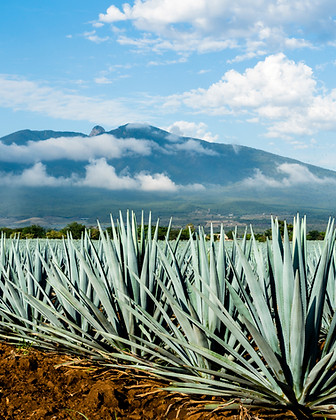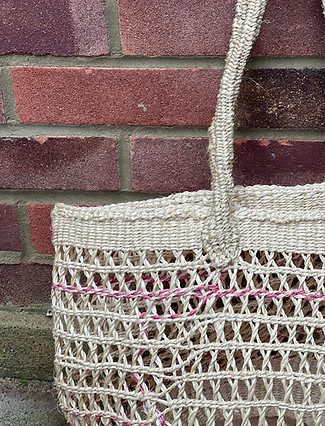Page Title
This is a Paragraph. Click on "Edit Text" or double click on the text box to start editing the content and make sure to add any relevant details or information that you want to share with your visitors.

The Hand-Weaving Sisal Art
Our weaver Angelicah learned this ancient craft from her mother's weaving group.
Sisal comes from the Agave plant, indigenous to Central and North America. It is commonly believed that it found its way to East Africa during colonial times through trade.
A form of craft commonly practised by women groups across Kenya, handwoven sisal baskets were frequently used to carry food items (much like a shopping bag is used today). Handwoven sisal baskets dot the roadsides of Nairobi in vibrant colours and forms.
Page Title
This is a Paragraph. Click on "Edit Text" or double click on the text box to start editing the content and make sure to add any relevant details or information that you want to share with your visitors.
The Handloom Woven
Form
Our handloom master Nyerere, learned this stunning craft from a women's group.
With the same material, sisal, hand-loom weaving is used to make rugs and runners.
A form not as widely practised in Kenya, Nyerere's history with sisal began because he could understand English. The US embassy funded a tutorage of hand-loom weaving to a women's group but because of a language barrier between the tutors and the women, it was suggested that the craft be taught to their children who could understand English. He went on to get a degree in Industrial Textile Design, has practised handloom weaving for over 35 years and now teaches the craft himself.


The sisal plant grows in dry, arid conditions, requires litte water and its long flowering period attracts bees.
How do we get from a plant to thread?
The outer leaves of the sisal plant are harvested by hand and used to extract the sisal fibres. Using a process known as decortication, leaves are crushed and brushed away so that all that remains are fibres, which are then washed and sun-dried. Fibre quality is dependent mostly on moisture content, making drying a very important aspect of sisal production.
Weavers then roll the fibres together to form twine. This process of creating the twine from the individual fibres is actually the most time-consuming element of weaving!
The twine is then handwoven into gorgeous baskets like the one in this photo.

But Ziimara Pushes Boundaries
Join Our
Inner Circle
Get 10% off your first order and unlock exclusive perks including preview access and the beautiful stories behind our pieces. Plus your very own Little Handbook to Sustainable Style.

